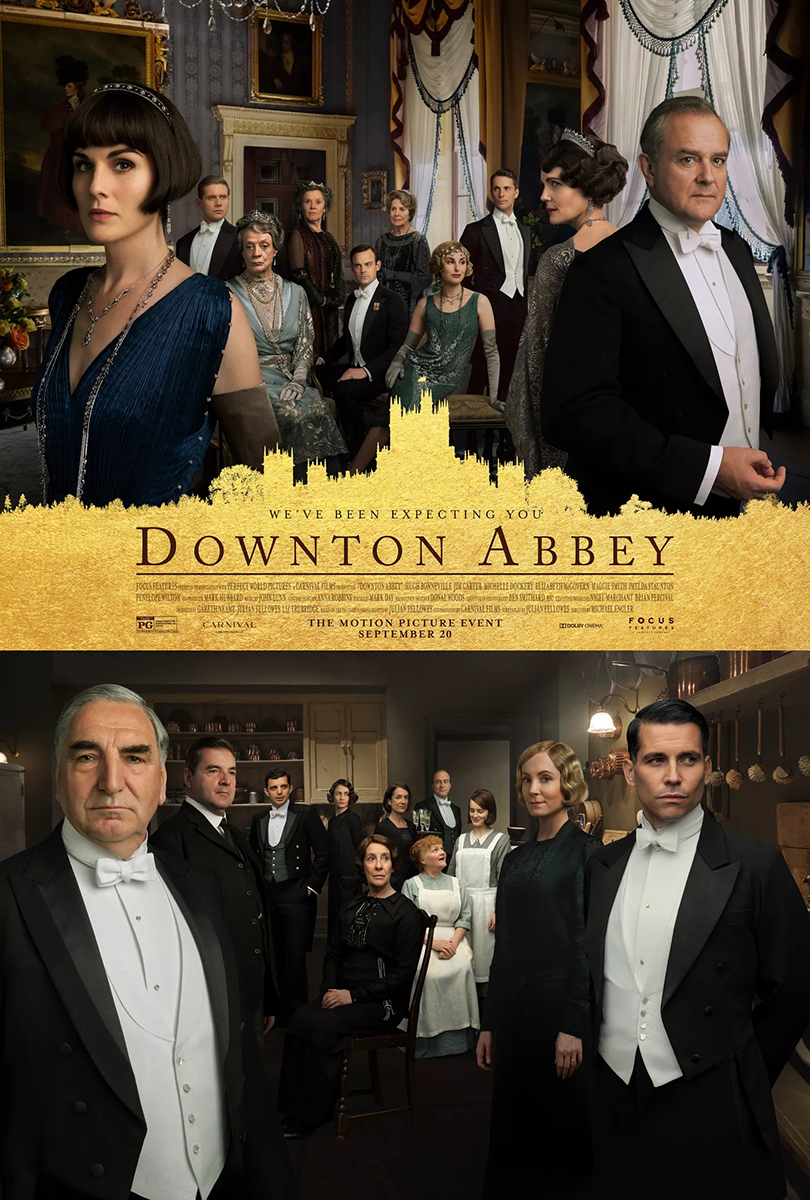
It has been four years since television audiences bid adieu to the Crawley family and their servants, but now the characters of Downton Abbey are back, this time on the big screen. Fans will discover that many of show’s defining features have returned: the chic 1920s style, the majestic grandeur of the country estate, and, of course, incisive quips by Violet, Dowager Countess of Grantham, skillfully delivered by Maggie Smith.
The film continues to explore the tensions between tradition and modernity in the United Kingdom that dominated the series. Set in the interwar period, the movie asks whether the aristocratic Downton Abbey can survive in a changing world.
The movie revolves around a visit by King George V and Queen Mary to Downton Abbey.
George V’s reign marked a tumultuous time for Britain that witnessed not only the calamity of the First World War, but also the growth of Irish republicanism and the Indian independence movement as well as the rise of fascism. An astute monarch, George V effectively navigated these challenges and emerged as a symbol of unity and stability, successfully endearing himself to the British people.

The film captures the widespread enthusiasm and devotion that people had for the king and queen and is a celebration of the triumph of the monarchy, but threats—fictional and historical—loom on the horizon. George V’s efforts to strengthen of the monarchy would be undermined by his son, Edward VIII, whose marriage to American divorcee Wallis Simpson and abdication would tarnish the image of the monarchy.
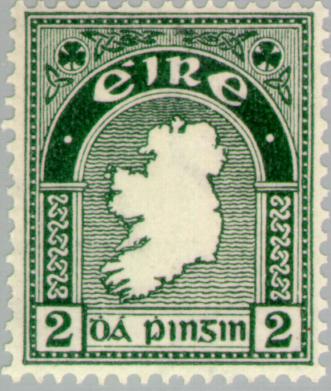
Edward VIII is only alluded to in the film; instead, the more imminent threat is Irish republicanism. Tom Branson (Allen Leech)’s devotion to Ireland and his advocacy for Irish republicanism are a recurring theme throughout the first two seasons of the show, but as the series progresses, Branson’s devotion to the Crawley family and Downton seem to supplant his dedication to the Irish republican cause.
This abeyance also reflects historical events. While Irish revolutionary fervor reached its apex in the prewar and wartime years, when the initial seasons of the show take place, it subsided in the 1920s after Ireland finally achieved its long-sought independence in 1922.
In the film, the specter of Irish radicalism returns in the mysterious figure of Captain Chetwode (Stephen Campbell Moore). Initially suspecting Chetwode of being a spy sent to keep an eye on him, Branson eventually discovers that Chetwode is in fact an Irish radical who plans to assassinate King George.
The film takes artistic license with this story line; there is no historical evidence that such an assassination attempt happened in Britain. During the interwar years, the Irish were more concerned with reviving their struggling economy and their own domestic affairs than with killing British monarchs.
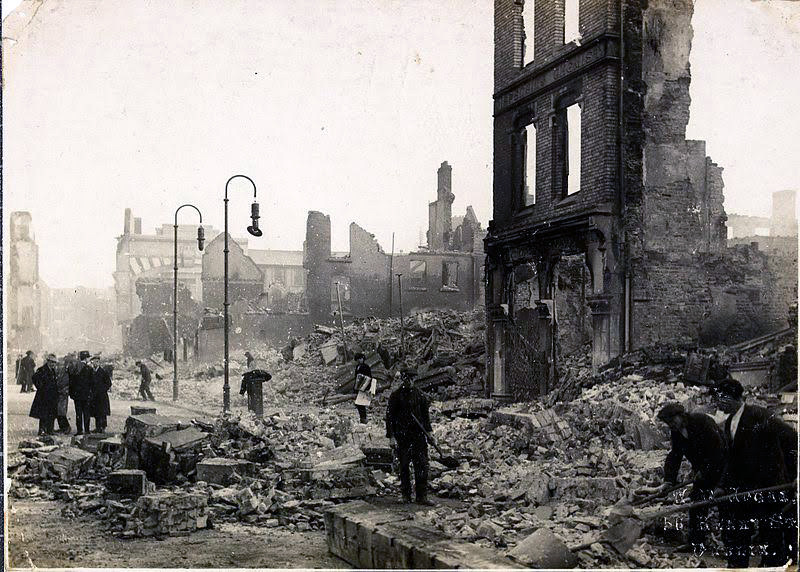
While this central plot about the royal visit venerates the preservation of the traditional order, subplots within the film hint at gradual social changes.
A year before the movie takes place, Britain experienced its worst eruption of class conflict during the General Strike, which effectively shut down the country for nine days after an alliance of unions that included railway and transport workers, miners, utility workers, and printers went on strike. The General Strike is only obliquely referenced in the film when the Dowager Countess offers her assessment of its effects: “My maid was rather curt with me, but she is a Communist at heart.”
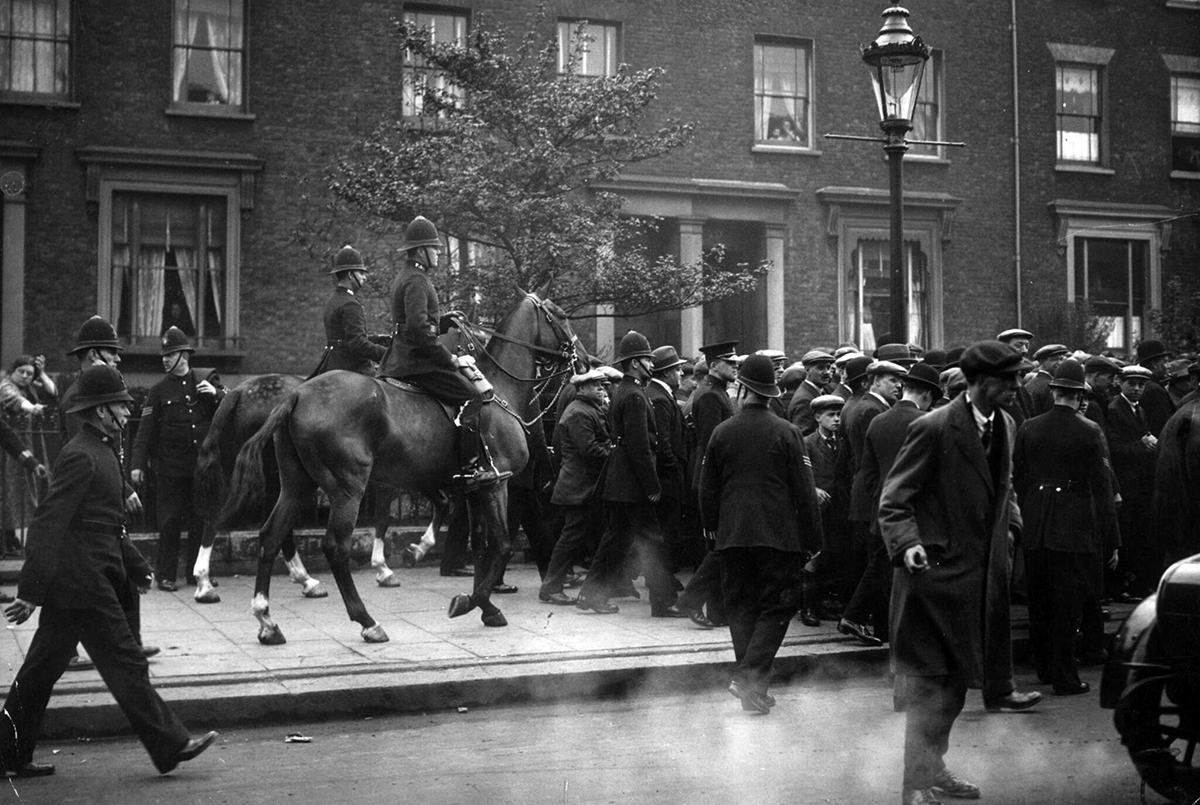
Mounted police clear demonstrators from a street in southeast London during the General Strike of 1926.
Overall though, working-class disillusionment and tensions simmering in Britain at this time seem to exist apart from Downton Abbey. There is class conflict within the film, but it is a muted intra-class conflict with the downstairs members of Downton Abbey rebelling against their counterparts in the royal entourage. Only Daisy (Sophie McShera), who seems to have taken over Branson’s role as the voice of revolutionary dissent, questions the existence of the monarchy and social hierarchies that subordinate the working classes, commenting: “We’re not footballs, Mr. Bates, and we don’t deserve a kicking.”
While changing class relations are dealt with in only a cursory manner, the film does explore in greater depth how the interwar period marked a transitional moment in terms of sexuality through the character of Thomas Barrow (Rob James-Collier) and his experiences of gay subculture.

Thomas Barrow, played by Robert James-Collier (left); a 1934 advertisement for the Caravan Club, a gay and lesbian-friendly club in London's West end (right).
The show has chronicled Thomas’s struggles to conceal and change his homosexuality, and in the film, Thomas finds a rare place of freedom and safety when he is taken to an underground gay club. This sense of refuge proves short lived, as the club is raided by police soon after his arrival.
In 1927, homosexuality was illegal and would remain so for the next forty years. It should be noted that sex between women was not illegal. In 1921, Parliament decided against criminalizing sex between women, believing that few women could even conceive of lesbianism and that passing such a law would give innocent women ideas.
Thomas is arrested but escapes punishment—and the damage to his reputation—through the maneuvering of Richard Ellis (Max Brown), a (closeted) member of the royal entourage. Others without such connections were not so lucky and faced two-years imprisonment, with or without hard labor. Following his brush with the law, Thomas muses about whether things will change for gay men with Ellis, who optimistically observes, “Fifty years ago, who’d have thought man could fly?”
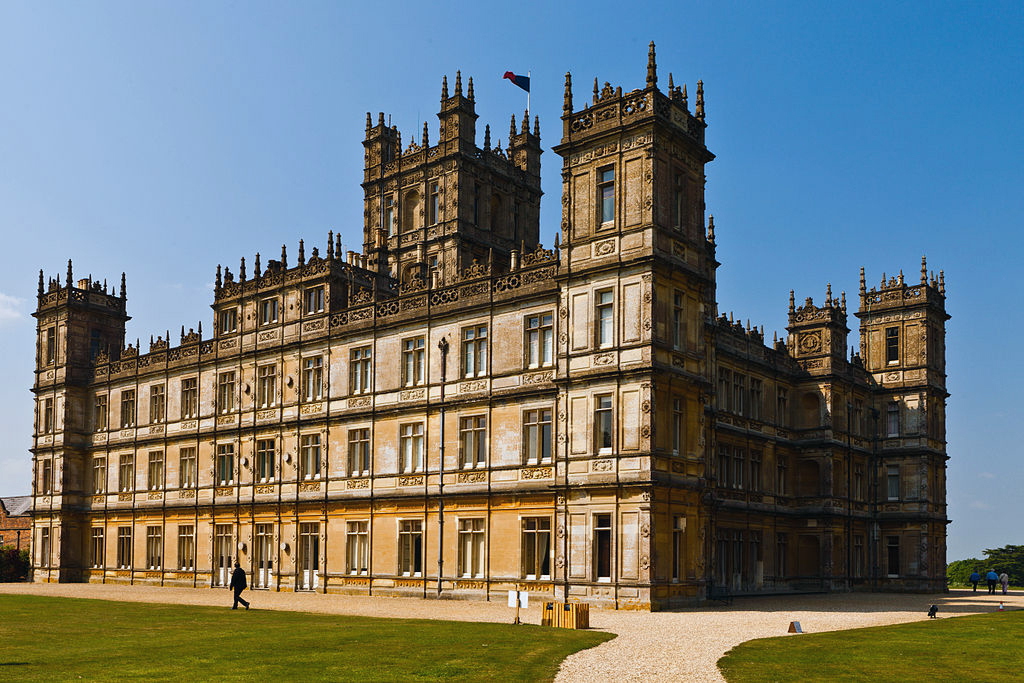
Highclere Castle, the main setting for Downton Abbey.
Questions about progress, what the future holds, and the tensions between the old order and the new, between tradition and modernity, form perennial themes throughout the series and the film.
From the first episode of the series, the characters of Downton Abbey have struggled with the question of whether the Crawley family and an estate like Downton can survive amid innumerable social, economic, and political changes. In the film, even Lady Mary questions whether it’s worth continuing to run an estate like Downton Abbey. These fears are assuaged by the Dowager Countess who reassures Mary that she is “the future of Downton.”
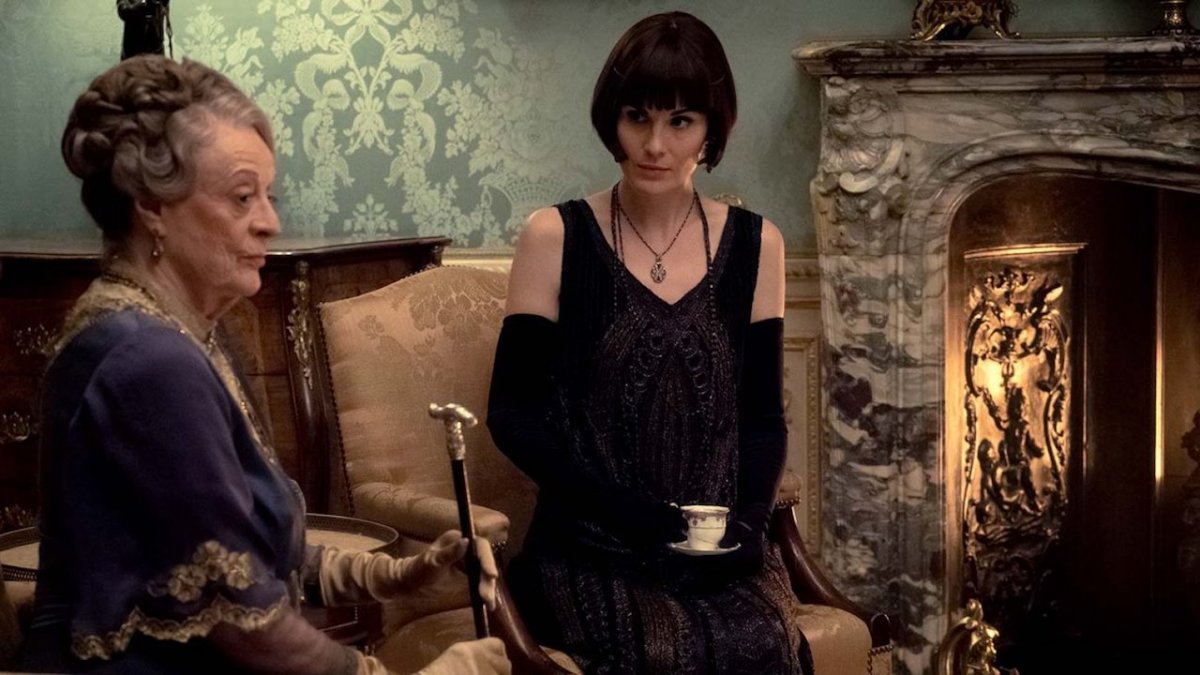
Lady Mary (Michelle Dockery) and the Dowager Countess (Maggie Smith) in Downton Abbey.
Allaying any doubts, the end of the film makes it clear that Downton Abbey will continue, and its traditions still have a place in the modernizing and changing world.
